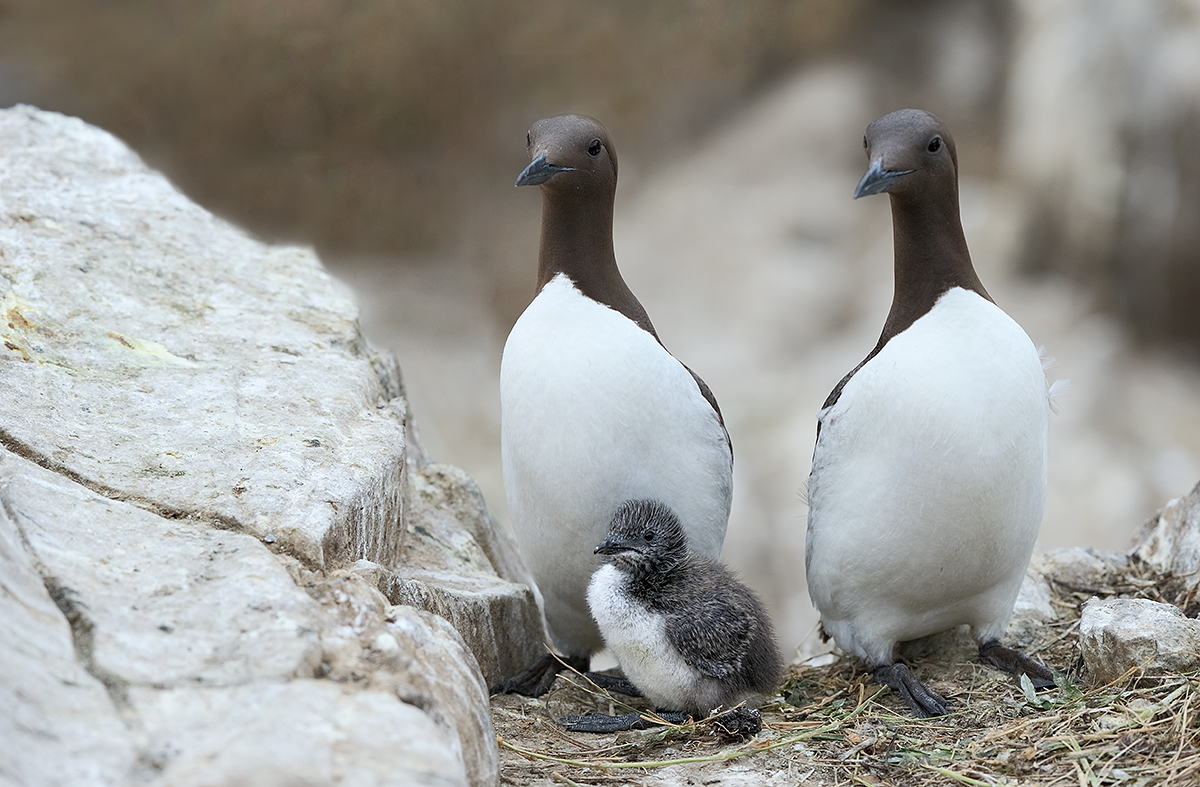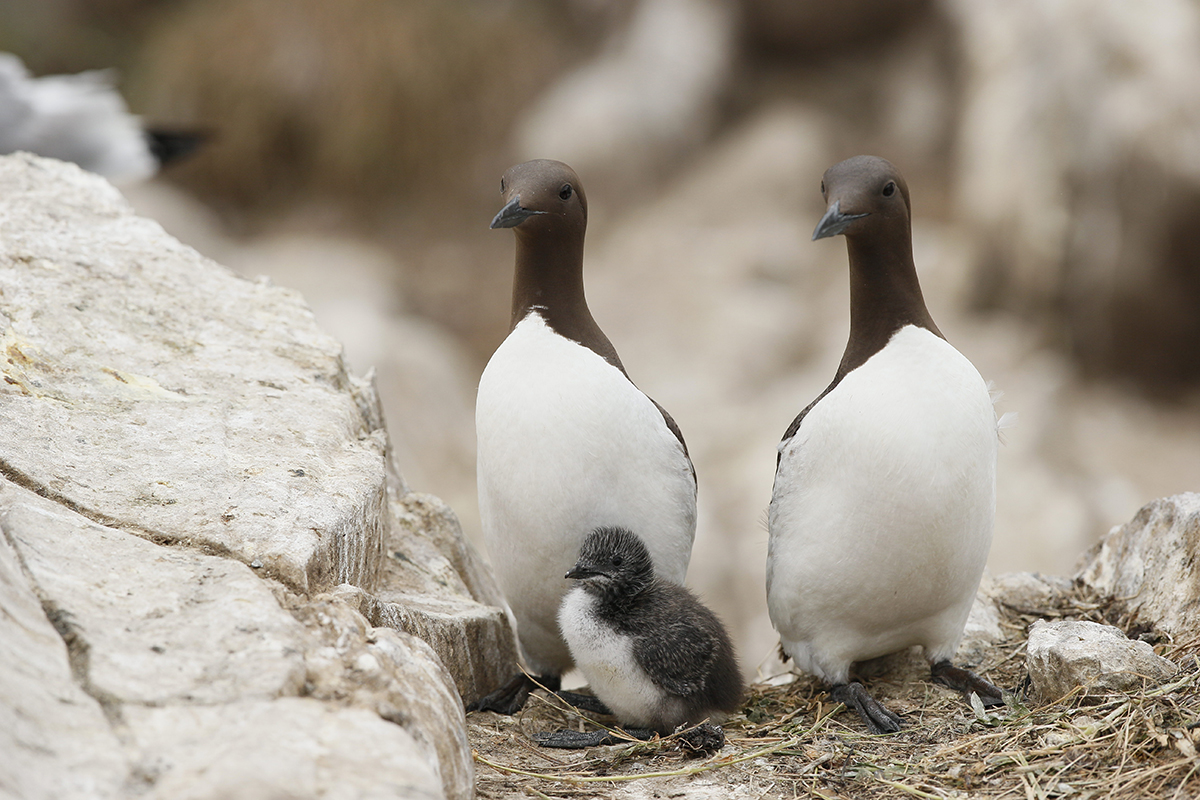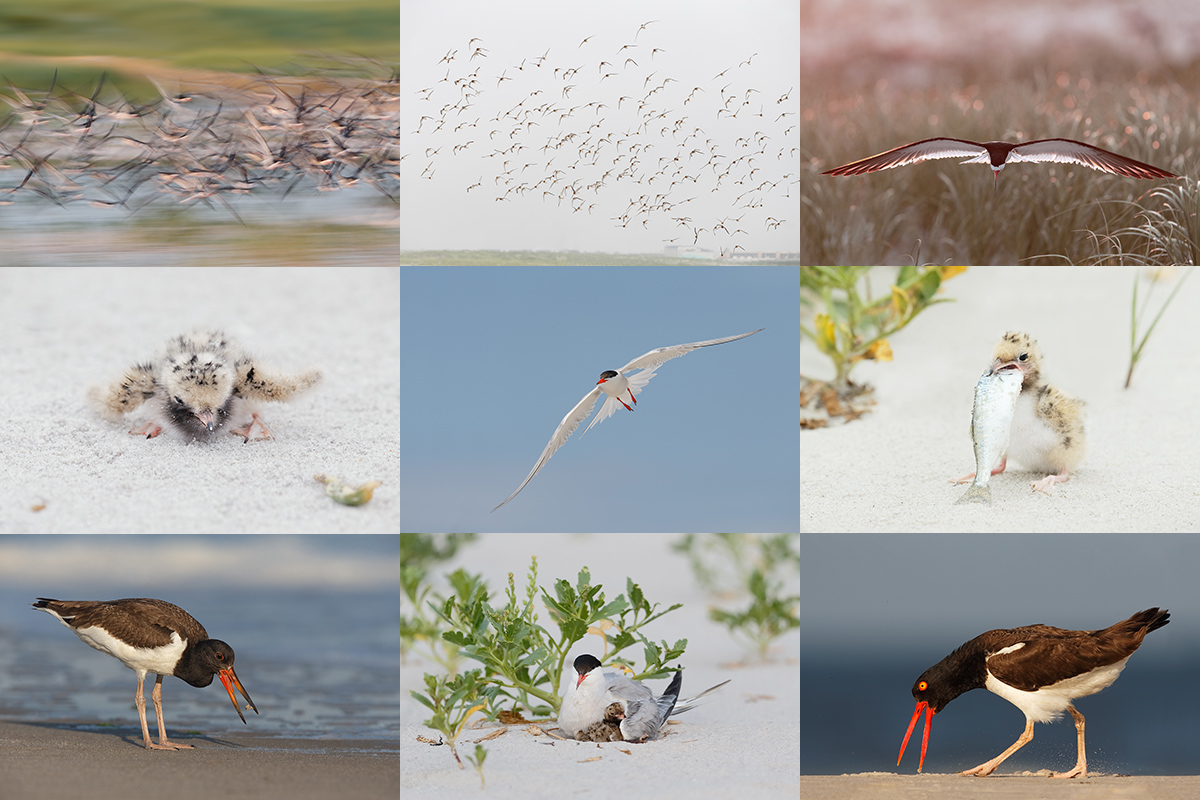The Streak Continues: 219
It is just after 5:000am here in Bamburgh (say BAM-buh-Ruh or BUM-buh-Ruh) as we head out the door for our second trip on the gannet boat. Both Sunday landings were great and my weather Karma held for yet another day: more cloudy bright conditions. On the way to the islands someone asked me “What would you like to get today that you have not already gotten?” I responded quickly: “Landing and flying Common Guillemots (Common Murres on our side of the pond). Done deal.
This post marks a ridiculous 219 consecutive days with a new blog post. With so many folks getting in the habit of using our B&H links and our Amazon logo-links why quit now? April, May and June have been fantastic as lots of folks are getting the message; using my affiliate links does not cost you a penny and helps support my efforts here. To show your appreciation, I do ask that you use our B&H and Amazon affiliate links on the right side of the blog for all of your purchases. Please check the availability of all photographic accessories in the BIRDS AS ART Online Store, especially Gitzo tripods, Wimberley tripod heads, and the like. We sell only what I have used and tested, and know that you can depend on. We will not sell you junk. We know the tools that you need to make creating great images easy and fun. And we are always glad to answer your gear questions via e-mail.
You can find the following items in the store: Gitzo tripods, Mongoose M3.6 and Wimberley heads, plates, low feet, and accessories, flash brackets, , Delkin e-film Pro Compact Flash Cards, LensCoat products, and our unique line-up of educational materials including ABP I & II, Digital Basics, Site and Set-up e-Guides, Canon and Nikon Camera Users and AF e-Guides, and MP-4 Photoshop video tutorials among others.
I would of course appreciate your using our B&H affiliate links for all of your major gear, video, and electronic purchases. For the photographic stuff mentioned in the paragraph above we, meaning BAA, would of course greatly appreciate your business. Here is a huge thank you to the many who have been using our links on a regular basis and visiting the BAA Online store as well.
|
This image was created on the morning of July 4th with the hand held Canon EF 300mm f/2.8L IS II USM lens and the Canon EOS-1D X. ISO 800. Evaluative metering +1 stop as framed: 1/1600 sec. at f/5.6 in Av mode. Cloudy White Balance left the image too yellow. One sensor to the left of the central sensor AI Servo/Surround/Rear Focus AF on the center of the upper breast of the adult on our left was active at the moment of exposure. Why was that a mistake? Click here to see the latest version of the Rear Focus Tutorial. Click on the image to see a larger version. |
Finding the Cleanest Slot…
Photographing nesting birds at seabird colonies is a lot like photographing nesting herons and egrets at rookeries. The key is to find the best, often the only perspective that offers a clean line of sight to the nest and a relatively clean background. My style is to simply pass up obstructed nests or those with horrifically cluttered backgrounds. The key to finding the good situations is to move. Walk right, walk left Explore new areas. Once you find something neat, get higher or lower to see if you can eliminate one or more distracting background elements. Choosing the ideal AF sensor can help you clean up the background as well.
And, as I did above, once you have something fairly clean and have acquired focus, be sure to take lots of images. That is especially true when there are multiple birds at a nest. Doing so increases your chances of getting a few images where all of the birds have good head angles.
|
This is the original image from which the optimized image that opened this blog post was created. |
The Image Opimization
There was nothing out of the ordinary here. I used Click White Balance in DPP to eliminate the yellow cast. The big job here was cleaning up the BKGR a bit with Denise Ippotlito’s Protective Cloning on a Layer Techniques. I lightened the image with a Curves adjustment and, again as taught to me by Denise, ran a 25% layer of Auto Contrast to give the image some pop. I selected the faces and hoods of the adults and the whole chick with the Quick Selection Tool and then applied a Contrast Mask to that layer only.
Changes?
Please leave a comment and let us know what differences you see between the original and the optimized image.
DPP V4.0
Canon recently released a new version of DPP, V4.0. It can be downloaded here. You will need to enter your 1D X or 5D Mark III serial number to start the download. I now have 4.0 on both of my laptops. While early reports are that it is significantly better in many areas than any previous versions, I was totally baffled by the interface. It bears no resemblance to any current version of DPP. Arash Hazeghi and I will be working on a DPP V4.0 RAW Conversion eGuide quite soon. It will require a separate purchase. V4.0 works only with 1D X, 5D III, 6D, and 1Dc images. Folks with older bodies (both pro-sumer and professional) will need to continue using previous versions of DPP. I recently updated to V3.11 and have been very happy with it. I was glad to note the addition of a Color Temperature slider: I had been suggesting that ever since I began using DPP about 2 years ago.
The currently available version of the DPP Raw Conversion Guide is ideal for folks (like me) who use V3.11 or prior. Learn more here.
Digital Basics
Everything that I did to optimize today’s image is detailed in the Digital Basics File–written in my easy-to-follow, easy-to-understand style. Are you tired of making your images look worse in Photoshop? Digital Basics File is an instructional PDF that is sent via e-mail. It includes my complete digital workflow, dozens of great Photoshop tips, the use of Contrast Masks, several different ways of expanding and filling in canvas, all of my time-saving Keyboard Shortcuts, Quick Masking, Layer Masking, and NIK Color Efex Pro basics, my killer image clean-up techniques, Digital Eye Doctor, creating time-saving actions, and lots more.
APTATS I & II
Learn the details of advanced Quick Masking techniques in APTATS I. Learn Advanced Layer Masking Techniques in APTATS I. Mention this blog post and apply a $5 discount to either with phone orders only. Buy both APTATS I and APTATS II and we will be glad to apply at $15 discount with phone orders only. Please call Jim or Jennifer weekdays at 863-221-2372 to take advantage of this special offer.
Nickerson Baby Beach-nesting Birds IPT: 3-Full Days/July 15-17, 2014: $1199. Introductory meet and greet: 8pm, Monday, July 14, 2014. Co-leaders Arthur Morris and Denise Ippolito
Late Registration Discount: Call Jim weekdays at 863-692-0906 for details or call artie this SAT or SUN (6/28 or 29) only at 863-692-0806. Or contact us via e-mail.
With a small group pretty much guaranteed, do consider joining us on Long Island, NY this coming July to photograph Black Skimmers–it’s looking like a great year for skimmer nesting, Common Terns with chicks, American Oystercatcher families, and possibly some just-hatched Black Skimmer chicks. The opportunities will include chances to photograph a variety of breeding behaviors including courtship feeding, display flight and combat, and copulations. Car-pooling is recommended; if we opt to return to the beach before 5pm on cloudy days for example) there is a $30/vehicle parking fee that is not included so it is best to share that expense. Parking in the morning is free.
Because of the late date, your non-refundable payment in full is due when you register.
Please print, complete, and sign the form that is linked to here and shoot it to us along with your deposit check (made out to “Arthur Morris.”) Though we prefer a check, you can also leave your deposit with a credit card by calling the office at 863-692-0906. If you register by phone, please print, complete and sign the form as noted above and either mail it to us or e-mail the scan.
If you have any questions, please feel free to contact me via e-mail
Be sure to like and follow BAA on Facebook by clicking on the logo link upper right. Tanks a stack!
Support the BAA Blog. Support the BAA Bulletins: Shop B&H here!
We want and need to keep providing you with the latest free information, photography and Photoshop lessons, and all manner of related information. Show your appreciation by making your purchases immediately after clicking on any of our B&H or Amazon Affiliate links in this blog post. Remember, B&H ain’t just photography!
Amazon Canada
Many kind folks from north of the border, ay, have e-mailed stating that they would love to help us out by using one of our affiliate links but that living in Canada and doing so presents numerous problems. Now, they can help us out by using our Amazon Canada affiliate link by starting their searches by clicking here. Many thanks to those who have written.
Typos
In all blog posts and Bulletins, feel free to e-mail or to leave a comment regarding any typos, wrong words, misspellings, omissions, or grammatical errors. Just be right. 🙂

















Much warmer tone to the second shot, the guillemots look quite chocolate coloured which is probably more accurate than most images you see.
I should point out though that I haven’t colour calibrated this screen.
The young ‘un doesn’t seem as sharp in the second picture, why is that?
Thanks. And yes, the color balance in the optimized image is pretty much perfect.
The second image is a JPEG that represents the unsharpened original. In addition, I ran a layer of my NIK 50/50 preset on the birds in the optimized image and lightened them as well.
Learn all about color balance, color casts, NIK, and tons more in Digital Basics.
Great seeing you out there. artie
Good morning Artie
Three items I noticed first that were cloned out was a obstruction top left side maybe it was another birds tail sticking out. And the bird to the left the rock behind the birds head.The third spot cleaned up was the small white feather between the neck and the breast on the bird on the left. I really like the picture but I don’t know if I would have removed the small feather as I didn’t find it that distracting. It was a natural spot on the bird and sometimes my Question is are we trying to make things to perfect? I guess it comes down to the artist perspective. I like the improvement in the final image in color and exposure. Great picture
Thanks Kevin. Good job and good question. That was the rear half of a Black-headed Gull in the ULC. As for the whitish feathers, that was a close call. Denise would have left them for sure. For me, the images is prettier without them. And there are lots of birds of this species without any whitish feathers on their chocolate brown hoods.